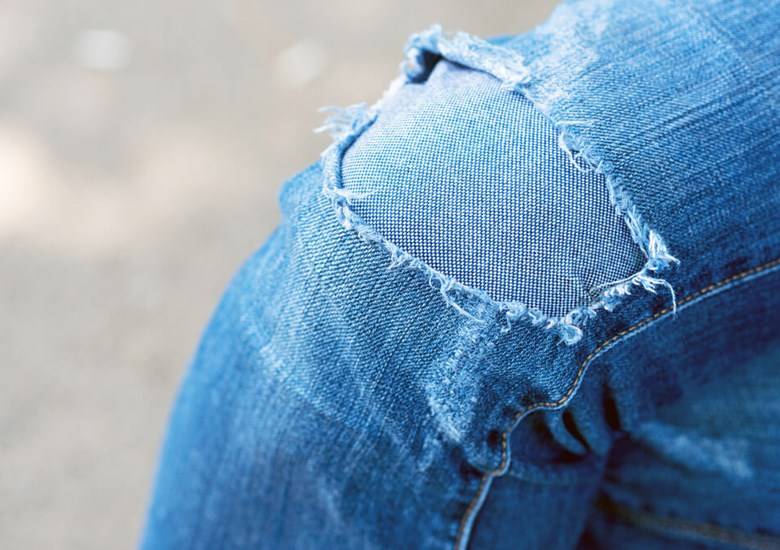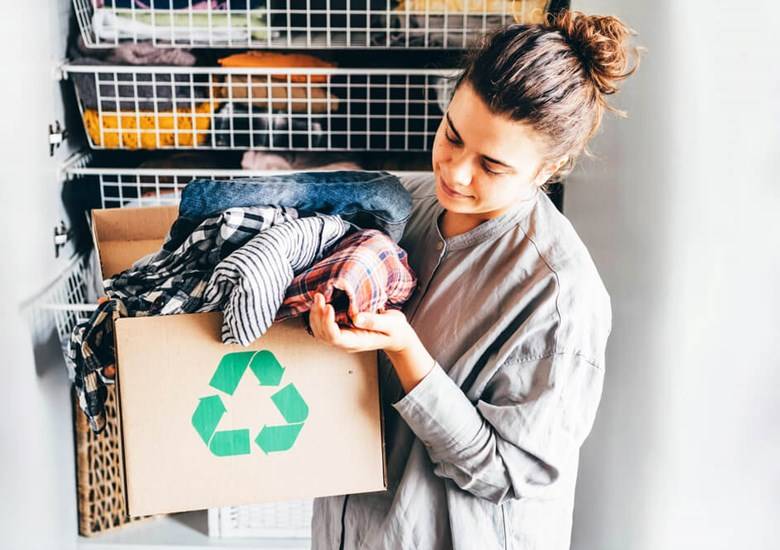Revive Wardrobe: Repairing Clothes


The fashion industry today churns out a variety of new trends for every season. Essentially, online retailers and high end shops offer the latest looks made from lower-grade materials in their rush to get garments to customers. However, these lower quality goods inevitably end up in a thrash pile, contributing to air pollution on a huge scale. In fact, the clothing and textile industry produces around 1.7 billion tonnes of CO2 a year.
By spending a little more on better quality clothes that we can wear for years (or decades, if we take care of them!), we can help make a huge difference to the environment. Read our tips on making more conscious choices around eco-friendly fashion and where you shop.
Thanks to information at your fingertips, finding out what your favourite garments are made out of and where they come from has never been easier. Knowing the history of your items can help you make informed decisions about your next purchase.

